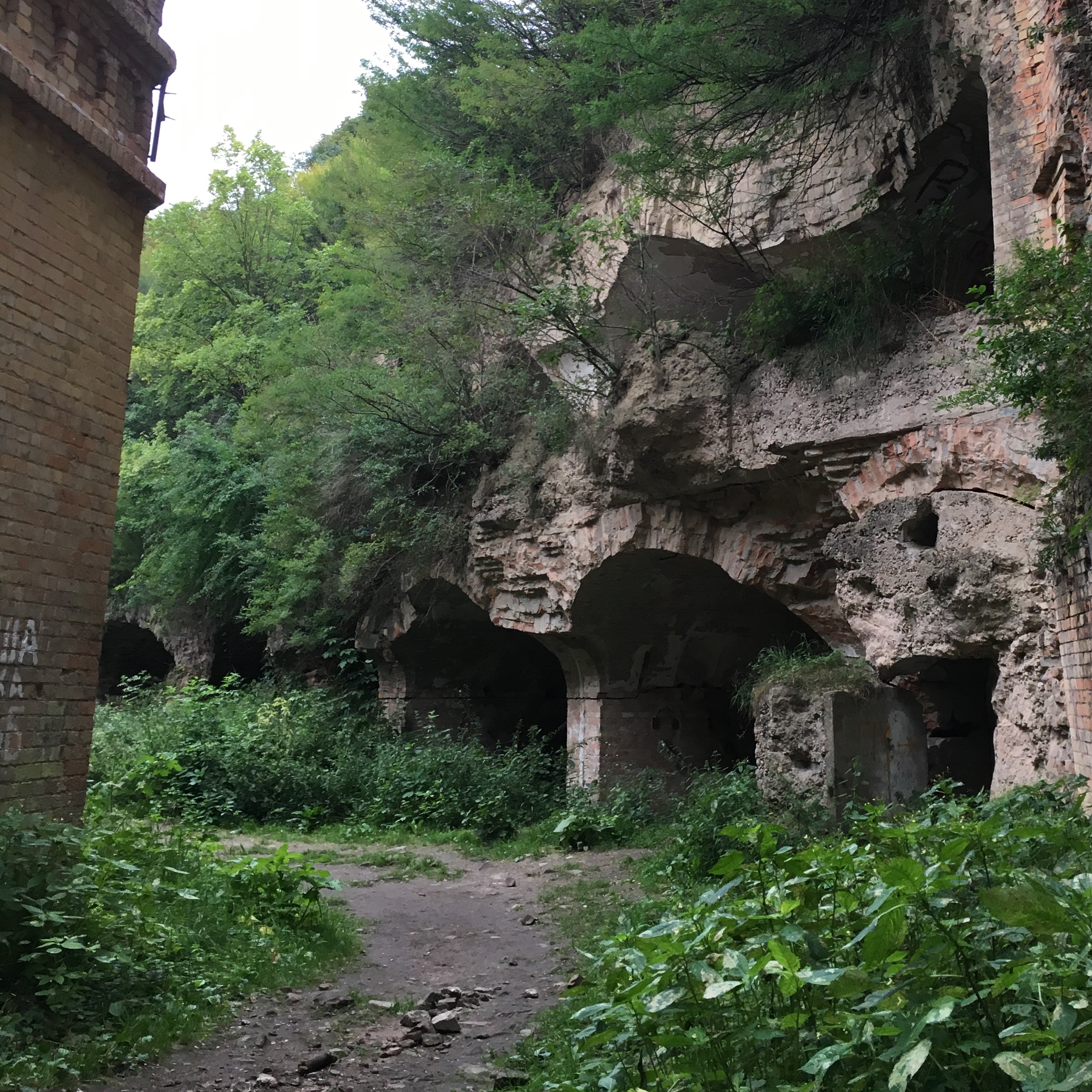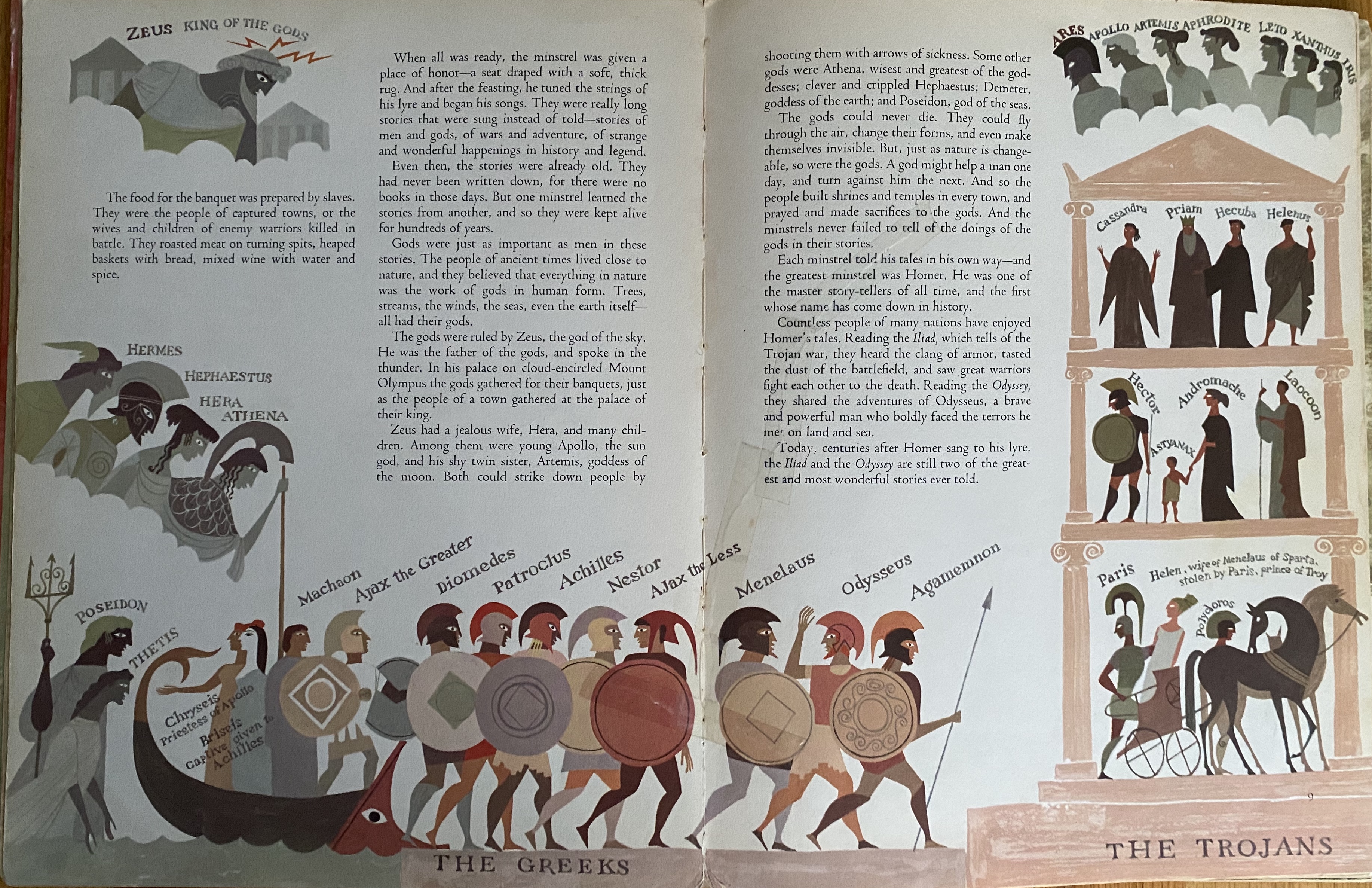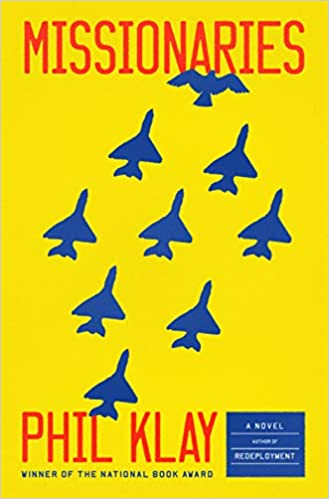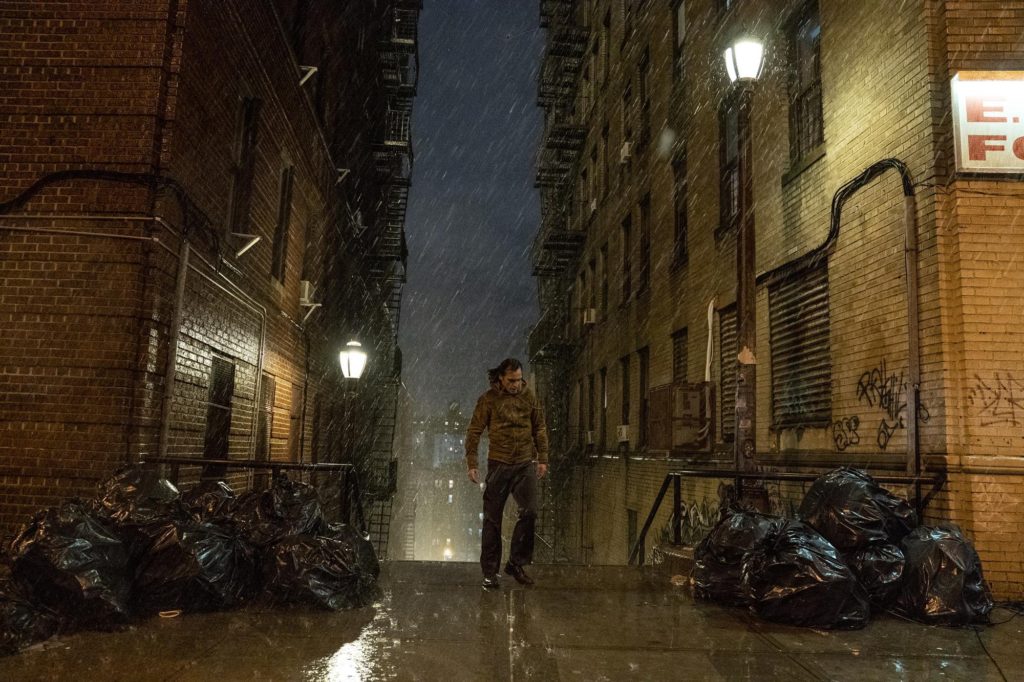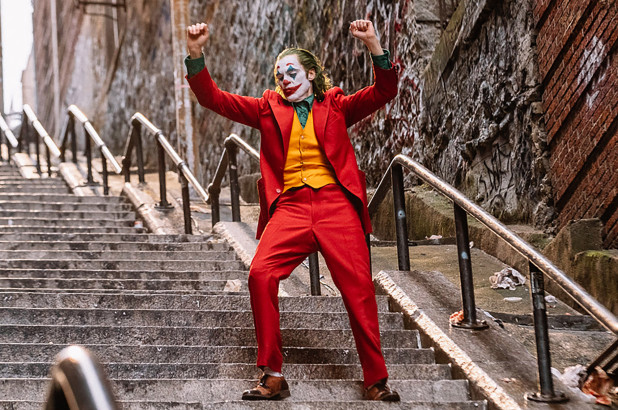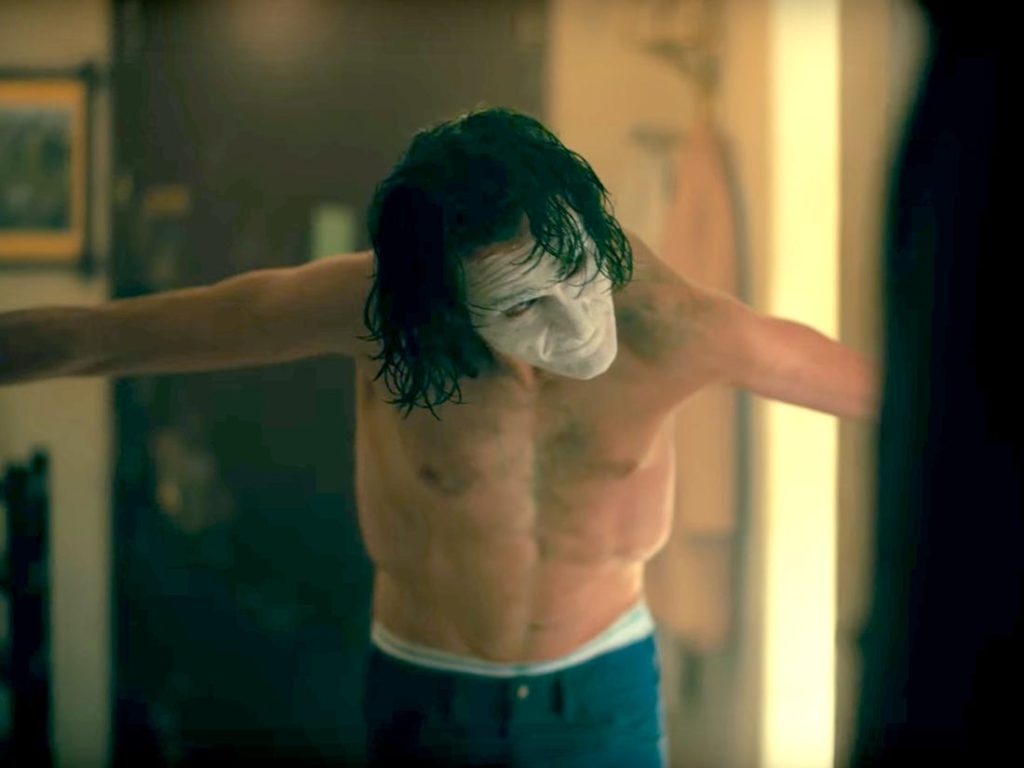New Fiction from Adrian Bonenberger: “Fort Mirror”
Getting posted to Fort Mirror was a death sentence. The most coveted of all postings, soldiers jockeyed for the honor, begged superiors to send them to the fort on patrols or did what they euphemistically called “drug deals” to get assigned to units deploying soon. You went there, you died. Or you didn’t. Some people got hurt. Many of the people who spent time at Fort Mirror came away unharmed. Others went mad.
Officers were the worst. Ambitious young men and women subjected themselves to demanding and physically exhausting trials, hazed themselves brutally just for a chance to deploy to Fort Mirror. Knowledge of which units were headed where was highly sought after. If based on rumor and forward planning at headquarters it looked like there was a 20% chance a particular unit was going to Fort Mirror, that was considered quite good, and the officers lined up to serve. Over time, officers became conniving, wheedling things, strong from their training, ruthless in their networking. Most of them (save for the luckiest who knew somehow they were going to Fort Mirror) lost themselves completely trying to get there.
But Fort Mirror was worth it. That’s what everyone said. People knew that at Fort Mirror whatever else happened, the enemy would attack in strength—they’d come in the night, from some direction nobody thought possible. Or they’d come during the day in overwhelming numbers, and it was all hands on deck, fighting from one side of the fort to the other with a box of hand grenades to share on those occasions the enemy attacked at the place defenses were strongest, and still got in, punched their way through, although the base commander had anticipated that very move.
People went to Fort Mirror because catastrophic, once-in-a-decade attacks were bound to happen. Soldiers and officers went there in pairs, with their best friends, each knowing that the other would likely die, and it would be a formative tragedy. Each man secretly believed it would be the other who perished. Sometimes, a man went to Fort Mirror to die, and formed a friendship with a soldier or officer whom they believed would make it through, thereby keeping their memory strong. It actually played out that way a few times. A few times it played out the opposite, with the person who went there to die living, and the person who went there to live dying unexpectedly.
Those were the glory years for Fort Mirror. Rumors spread from the military to the writers obsessed with military affairs. Journalists began showing up to write stories and record television spots, to film for documentaries. This furthered the fort’s fame, spreading its name far and wide among those paying attention. The more that soldiers and officers were recorded or written about at Fort Mirror, the greater the numbers of ambitious young soldiers and officers clamoring to join units going or staying there. To a certain type of man, this notoriety was reassuring, knowing not only that one would perform brave valorous feats, but that afterwards, there was a reliable chance that one might read an article about it in the newspaper, see themselves on television.
For the career minded, Fort Mirror became a rite of passage. Promotion was assured for those who could deploy there and turn it to their advantage. Many junior officers went on to distinguished careers after serving at Fort Mirror, likewise with the sergeants. Medals for bravery were handed out there like pieces of candy at Christmas. Every other year or so, a soldier or officer would earn the highest honor their country had to give.
*
The military hierarchy hated Mirror. Its existence repudiated so much of what the war was said to be about in the generals’ press releases. It was the grain of truth in the myth of the war, it was the persuasive argument justifying some new barbaric action. Academics wrestled with it as a problem, conceding that its being an outlier to their models spoke to some more essential lesson about conflict. Meanwhile outside of government and the military, few had heard of Fort Mirror—and that’s because few had heard of the war, in spite of the journalists writing stories about it, in spite of the television spots and occasional documentaries. Even though there was no specific awareness of Fort Mirror, it’s safe to say that without it, the war as a phenomenon would not have been possible.
Operations at Fort Mirror were sometimes mission driven, but they were never metrics-driven or data-driven. It had not been optimized for search results, there were no subheds partitioning it into sections or dragging readers’ eyes from one section to the next. It had no keywords. Its reading level could not be assessed. It was not hyperlinked or back-linked to other pages. Its domain authority score could not be established.
In terms of its layout, Fort Mirror was not exceptional. It consisted of walls, and an entrance, and guard towers, and a dining facility; all the things you’d expect a fort to have. Still, because of the terrain on which it had been built, part of Fort Mirror extended onto a flat plateau—a brooding section that seemed to gaze out at the surrounding countryside like a man lost in thought. There was a second, lower section at the base of the plateau. A trail cut into the stone cliffside centuries before by some farsighted builder or military commander connected the two positions and had been expanded and fortified over the decades. In its whole, Mirror was remarkable, a shining, demented visionary, a Castle Frankenstein or one of Frank Lloyd Wright’s lesser-known experiments; a part of its surroundings, and also totally apart from them, impossibly alien.
When the military arrived they stationed artillery and mortars on the plateau, and had a place to land helicopters full of food, mail, and other sundries needed to keep a fort going. Around 300 soldiers lived at the fort at a time though occasionally the number would grow for bigger operations.
The terrain deserves more consideration. Because of its appearance in various print and broadcast media across various seasons, it’s possible to get a sense of the place, but in spite of widespread coverage, descriptions of it conflict and can even at certain points as was the case in a feature in The New York Times and another in Der Spiegel, explicitly contradict each other. In some recollections the plateau on which the fort was founded grew out of a hill within a valley, ringed by foreboding mountains. In others, the plateau jutted out above a deep river that cuts through what appear to be plains, or emerged from buildings in a town or bazaar. It was compared favorably and unfavorably with a decayed New England industrial center, hollowed out by offshoring. Others saw in it the mountains and rivers of Central and Eastern Europe. One thing that everyone agreed on, in describing the milieu in which Mirror occurred, was that the weather in the place varied wildly, with sunny calm often replaced with no warning by torrential downpours. Fog, too, often obscured the fort, rendering it vulnerable to attack, but also difficult to detect.
There were several Observation Posts or “OPs” higher in the hills, manned by soldiers and local constables in groups of 8-12, total. The precise number of OPs varied between three and five, depending on the goals of the commanding officer. At first the OPs were named for cardinal directions, but over time, took on the names of soldiers who fell in fighting. One was even named for a heroic local constable who sacrificed himself during a particularly desperate action, unexpectedly saving the lives of eight soldiers. This act of love was seen as something of an exception to an unspoken rule to acknowledge the local residents as little as possible; in general, places were named only for military soldiers or officers, or cultural signifiers or signposts from home. Locals had their own names for things. They even had their own name for the fort, though it was deployed as trivia and assigned no particular importance, save to the occasional soldier or officer who thought taking local matters seriously ameliorated their complicity in the war, or because it reminded them of a spouse or partner.
*
The oddest thing about Fort Mirror, and the thing that most people remarked on when they first arrived, was that every inch of the fort was covered in mirrors of the sort one might find on the local economy. The walls were covered with mirrors outside and inside. Instead of windows, there were mirrors, instead of paintings, mirrors, instead of doors, great opaque slabs of reinforced glass, in which one could see one’s own reflection and that of one’s surroundings. The outside of the fort was draped in mirrors which were affixed by metal wires or placed into stone or wooden fittings designed for the purpose. This was true of the lower and upper portions of the fort, with the exception that the mirrors hung in the lower part of Fort Mirror were in general larger and heavier than those above. Some suggested that this was owing to the difficulty of porting larger mirrors up the cliffside; prior to air travel there was no easy way to bring mirrors up from the surrounding valley to the plateau.
When mirrors were damaged by the fighting, as they often were, they were quickly replaced. Mirrors had been built into and onto the fort long ago—more credulous soldiers said that this was done by special operations during the initial phase of the war, but the special operators who had seized the fort from enemy forces maintained that the mirrors had been there when they arrived. Earlier accounts from militaries of other, older armies, had also described the fort as having been draped in mirrors or “reflective glass,” and hypothesized that it had at one time been the residence of a great king or emperor.
One officer developed a friendship with a popular and well-educated interpreter, “Johnny,” who said that the fort was a place of great religious significance. According to him the fort was on very old ground, perhaps predating monotheism—perhaps, indeed, contributing to it in some obscure way. The local villages all regarded the fort with dread and superstition, and the fort and its occupants played significant roles in myths of the sort still regularly encountered in distant rural areas even in the 21st century. Furthermore, the fort factored into local religious stories, which attested to its durability, as myths of a certain power and endurance were always incorporated into orthodoxies rather than destroyed. Every time the enemy attacked, they would leave behind new mirrors to replace the ones they’d damaged. With time, it became a tradition among soldiers as well, with new units bringing new mirrors of all shapes and sizes, and purchasing quantities on the local economy at a significant mark-up.
In the arts, Fort Mirror inspired many essays and fictional stories focusing on its construction and layout, and the effect that living there produced on many soldiers and officers. Journalists helped lead the way by writing about it in public, and always seemed eager to consider its significance in terms of what to them was a unique experience. There was invariably a part in every article or video where the author or narrator would show how little most soldiers and officers cared about living among their own reflections, as well as how odd and disorienting it was to new arrivals. Many soldiers and officers took it upon themselves to understand the significance or consequences of living on Fort Mirror through graphic novels, fiction, memoir, movies, video games, and art.
“I wake up in the morning blinded by the light of thousands of suns, trapped in a funhouse maze of my agonized and distorted, shattered body,” wrote one reporter, “while a sergeant walked by me in flip-flops to the showers, totally oblivious, as if this were the most normal thing in the world. A mortar boomed in the distance, and as I dropped to the ground, he reached the bathroom and opened the mirror, then disappeared nonchalantly inside as an explosion burst a few hundred meters to our south…”
It was a strange place. Legends grew up about and around it over the years within the military, though you truly had to have lived it to understand many of them. Some soldiers fell in love with local women, others, with each other; others still, with the idea of escaping Fort Mirror, which while one was posted there was almost impossible. Some went mad sitting in their barracks rooms, at night, flicking a small flashlight on and off, staring at themselves in the mirror-walls, wondering about what they might have done differently during the previous day’s patrol, or how they’d perform on the upcoming operation. It was said that one could see the past in the mirrors, dead soldiers from wars long past or from actions just months old. Perhaps those who died within Fort Mirror’s walls were doomed to walk within forever. A persistent but idiosyncratic story was that one could see the future in the mirrors, given credence by the many soldiers who experienced professional success in their subsequent civilian lives. Another story concerns a distinctively squat and strong-willed but disliked colonel, who disappeared from the fort, but who was subsequently reported roaming the mirrors of the fort too many times and by too many different sources for it to have been coincidence.
*
One might think that there would be some taboo against breaking mirrors while posted to the fort. There is some truth to this, to deliberately destroy a mirror needed some justification. If, for example, one broke a mirror accidentally, firing at a perceived foe, this was permissible. To destroy a mirror in order to “liberate” the image within was also viewed as understandable, though officially it was frowned upon and never encouraged. Breaking mirrors out of an instinctual desire to wreck or destroy was also dissuaded even though soldiers and officers caught doing it were rarely punished. As with all things Mirror, justice bent toward mercy and understanding when it came to acts of violence.
Adjusting the mirrors — changing their orientation or marking them with paint or markers — was something that inspired instinctual revulsion by all, soldier and local alike. Soldiers caught changing the mirrors in any way would be transferred out from the unit after a quick investigation to determine the facts. Locals caught changing the mirrors in any way were never seen again.
Another notable characteristic of the fort was that having struggled so mightily to be posted there, as soon as a soldier or officer would leave, they’d be filled with a burning desire to see the place closed. They justified this desire by explaining that no more people should die or be injured in so pointless and strange a place. Meanwhile, the soldiers and officers who’d yet to deploy to Fort Mirror maintained that this was bitter jealousy, that Fort Mirror veterans wanted to hoard all the glory for themselves; that they only wanted to close the fort so that nobody else could get medals, so they’d be the only ones who were special.
Would the war ever end? Would the soldiers stop flowing into Fort Mirror, fighting desperate battles at night or in the day? Would the junior officers stop competing for posts there, stop gazing into Mirror’s walls to regard their square-jawed future political campaigns? Would journalists stop writing nuanced pieces balancing the reality of the war with the idealism of the energies that had brought the military to occupy the fort in the first place? Would the timeless myth, whispered among the oldest locals, ever come to pass: that someday a line of light would appear in the middle of the fort’s mirrors and all the mirrors of the world, accompanied by the thunder of countless horses hooves, before the people of the mirror world burst their magical reflective confines to enter our own world? And what would happen if they did?
